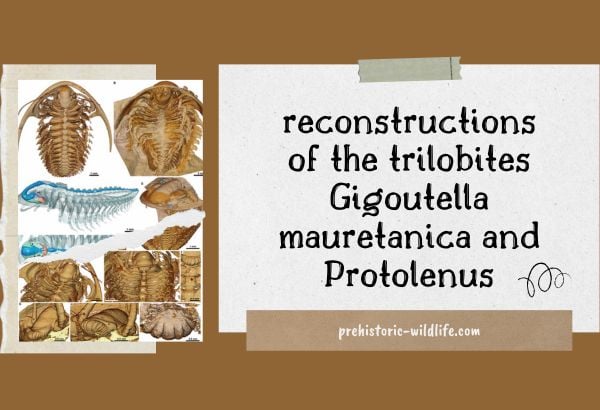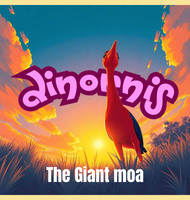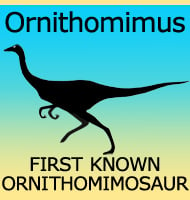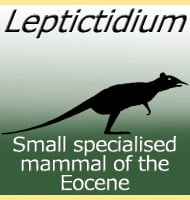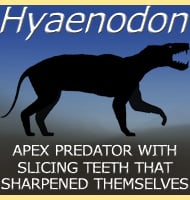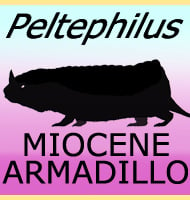On the 27 of June in 2024 the University of Bristol published a paper describing the best preserved trilobites fossils from the Cambrian period.
The Trilobites have been a subject of research by an international team of scientists, led by Professor Abderrazak El Albani, a geologist based at University of Poitiers and originally from Morocco. The international team also included Harry Berks and Philip Donoghue from the University of Bristol.
These trilobites were found in Morocco. The fossils are remarkable by not being flattened or having deformed legs. The legs are in their original place as it would have been in life. The trilobites were killed and rapidly buried under Volcanic ash which gave the trilobites such a remarkable preservation.
They found groups of legs around the mouth that were used for feeding. The appendages of the trilobite had dense inward facing spines similar to ones on Horseshoe Crabs used to scavenge carcasses or tear prey.
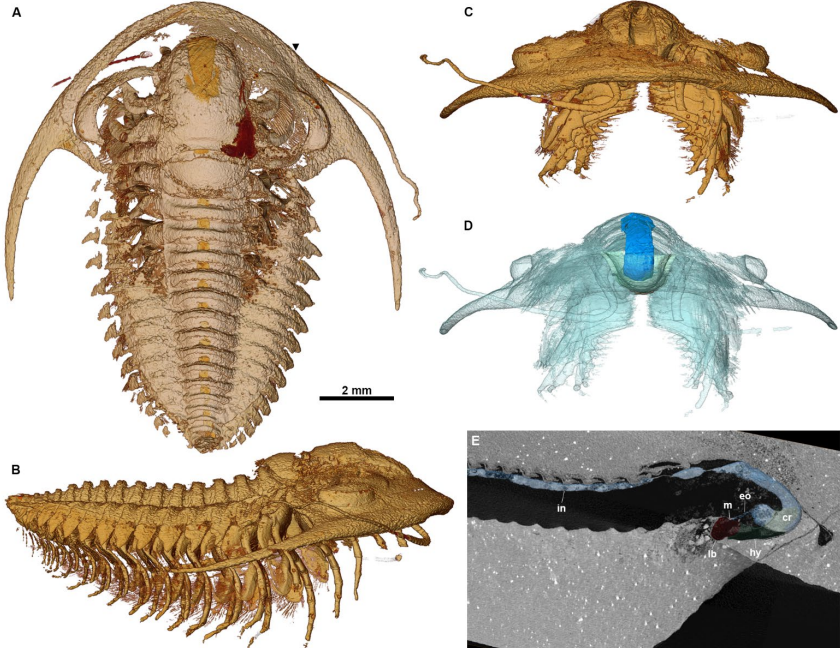
The mouth is a narrow slit behind the labrum which is known in modern arthropods but has not been seen so clearly in trilobites before. Appendages at the mouth have a curved base similar to a spoon. These trilobite fossils show four pairs of head appendages instead of three.
These fossils are a big step to understanding how Cambrian trilobites and trilobites as a whole lived and function.
For the original study Rapid volcanic ash entombment reveals the 3D anatomy of Cambrian trilobites or ‘Prehistoric Pompeii’ – Trilobites killed by volcanic ash reveal features never seen before for a quicker read.
